Unlocking the secrets of how to improve warehouse employee productivity starts by peeking behind those large sliding doors! The environment inside a warehouse, shaped significantly by its amenities, holds a powerful sway over the work atmosphere and output. After all, Warehouse Amenities are not mere features; they’re pivotal elements that shape our workdays, ensuring they’re not just productive but also enjoyable. Let’s embark on an exploration to understand the compelling connection between a well-equipped warehouse and a super-charged, productive team.
Essential Warehouse Amenities Explained
Diving deep into the ecosystem of a warehouse, an array of amenities stands out, each playing a vital role in streamlining operations and significantly influencing employee productivity. Let’s explore these, understanding not just their function but their impact on the day-to-day activities and the overall work environment.
Foundational Amenities
Embarking on a journey through the core of warehouse functionality, we uncover the foundational amenities – those that fuel every activity, safeguard the environment, and provide a steady, unbroken rhythm to operations. Imagine entering a space where every technical need is effortlessly met, where the environment adapts to offer optimal comfort, and a sense of secure stability blankets the entire area. These foundational amenities don’t just support operations; they elevate them, weaving an invisible yet impactful layer of continuous, reliable support through every task, interaction, and day-to-day undertaking.
- Electric & Gas, AC & Heating, High-Speed Wi-Fi: The trio of electricity, temperature control, and Wi-Fi lay the groundwork for a consistently operational and comfortable workspace, ensuring that no external factors, such as weather fluctuations or power outages, hinder the seamless operation and communication within the warehouse.
- Cleaning: A clean warehouse is not merely an aesthetic choice; it’s pivotal for maintaining a safe, healthy, and efficient working space, directly linking to how well employees can perform their tasks without distraction or impediment.
- 24/7 Security & Access: Security is paramount, not just for safeguarding goods but for providing peace of mind to employees, ensuring they can focus purely on their tasks in a safe, secure environment.
Anchoring the very essence of operational steadiness, these foundational amenities forge an environment where distractions are minimized, comfort and safety are prioritized, and every technical need is preemptively addressed. The subtle, often unseen impacts of such amenities echo through the enhanced productivity and morale of employees, who find their work unhindered by logistical concerns or environmental discomforts. A warehouse adorned with such attentive, foundational amenities, therefore, is not just a space but a meticulously crafted environment where businesses can thrive, uninhibited, and unburdened.
Operational and Maintenance Amenities
The well-orchestrated dance of warehouse activities hinges significantly on often-overlooked amenities and roles, each ensuring that day-to-day operations remain unhindered and smoothly executed.
- Dumpster & Pallet Remover, Unexpected Repairs & Maintenance, On-Site Manager: Together, these elements ensure smooth warehouse operations, effectively managing waste and promptly addressing any unexpected issues with immediate on-site support.
- Package Receiving: This ensures that incoming packages are handled efficiently and organized in a manner that ensures operations remain undisrupted and goods are effectively managed.
Seemingly behind-the-scenes, the operational and maintenance amenities act as the subtle backbone of warehouse functionality, preventing disruptions and fostering an environment where workflows and employee productivity can seamlessly intertwine and flourish.
Cultivating a Productive Environment
Crafting spaces that seamlessly blend diligent work with necessary rest is vital to nurturing a work environment that not only boosts employee productivity but also wellbeing.
- Fully Furnished Kitchen & Meeting Room, Kitchen & Lounge: By providing dedicated spaces for breaks and meals, employees are offered a place to relax, recharge, and even collaborate away from their regular working zones.
- Conference Rooms: Ensuring there are quiet, undisturbed areas for focused discussions allows for productive collaborations without affecting the warehouse floor operations.
Balancing diligent work with necessary rest is pivotal in ensuring a wholesome and productive warehouse environment, facilitating not only task completion but also collaborative innovations and employee wellbeing.
Efficient Handling and Storage Solutions
Effective handling and smart storage aren’t merely about keeping things organized; they’re about engineering a workspace that intuitively enhances the flow of operations, optimizing both time and effort.
- Loading Docks: A critical feature, ensuring that the loading and unloading of goods are done swiftly and safely, managing inventory flow without disrupting ongoing operations.
- Industrial Racking: Strategic storage that ensures goods are not only stored efficiently but are also readily accessible, streamlining workflows and reducing retrieval times.
- Pallet Jacks, Dollies, & Lifts: Key tools in moving goods throughout the warehouse, they alleviate physical strain on workers and expedite the internal transport of items.
- Scalable Space Options: Adaptable spaces ensure the operational environment can expand in tandem with business growth, obviating the need to relocate.
By intertwining smart storage solutions with efficient handling amenities, warehouses create an empowered environment where operational workflows are streamlined and productivity is enhanced, all while ensuring scalability for future growth.
All-Inclusive Pricing
This pricing strategy ensures predictability and ease of budget management, allowing businesses to focus on their operations without being bogged down by complex, variable expense management.
Intricately intertwined, these amenities form the heartbeat of a well-oiled warehouse, where each feature, service, and space is purposefully integrated to bolster the productivity and morale of employees. By establishing an environment that equally prioritizes operational efficacy, employee comfort, and efficient management of goods, warehouses become more than mere storage spaces – they emerge as hubs of optimized productivity.
Connection Between Amenities and Small Warehouses
Although compact in size, small warehouses offer a unique environment that, when supplemented with carefully selected amenities, can drastically enhance work output and operational efficiency. Essential amenities such as scalable storage solutions, ergonomic equipment, and well-designed workspaces can transform even the most modest spaces into powerhouse operational hubs. In small warehouses, efficient utilization of space, cleverly designed to accommodate all vital functionalities, propels a smooth and productive workflow, ensuring that space constraints don’t equate to limited productivity.
Spotlight on Small Shared Warehouses
Small shared warehouses, like those pioneered by WareSpace, become vital incubators for small businesses and startups, offering them precisely tailored solutions without substantial financial outlay. This model prioritizes accessibility and functionality, providing features such as shared equipment, collaborative spaces, and often, a community of like-minded entrepreneurs.
Small businesses can leverage these features to minimize initial costs, enjoy a facilitated operational onset, and engage in a network that could potentially foster collaborative opportunities, all while enjoying the benefits of a fully equipped warehouse without the hefty price tag.
Why All-Inclusive Pricing Matters
All-inclusive pricing unfolds a realm of simplicity and predictability in managing operational costs, which is invaluable to the fiscal health of a business. Here’s why it stands out:
- Simplified Budgeting: A single, consolidated bill eliminates the need to manage multiple invoices, ensuring that businesses can plan their budgets with precision and ease.
- Financial Clarity: Knowing the exact amount to be paid each month without unexpected additional costs provides a clear financial outlook and helps avoid budgetary surprises.
- Focused Energy: With a straightforward billing process, energies and attention are liberated from administrative financial management and can be redirected towards core operations and strategic planning.
- Avoiding Administrative Hassles: A unified invoice means fewer administrative tasks, reducing the risk of missed payments and aiding in smoother financial tracking and reporting.
Through such an approach, companies ensure that their attention, as well as financial planning, remains undistracted and strictly adhered to the strategic advancement of their business, without being hampered by varied, fluctuating expenses.
How to Select a Warehouse with Productivity in Mind
The meticulous selection of a warehouse goes beyond mere space availability – it’s an investment in an environment that will either enhance or inhibit daily operations. Factoring in amenities that will directly boost worker productivity is paramount. This involves considering aspects like ergonomic design, optimal lighting, temperature control, and strategic layout planning, ensuring not just a smooth operational flow but also a conducive working environment. From initial inspection, it’s crucial to visualize how each feature of a space can be leveraged or might pose challenges in the day-to-day workings of a business.
Explore a small shared warehouse near you! Check out WareSpace’s numerous locations across the US or book a tour today to discover the perfect space for your business!
A Thoughtful Solution for Small Warehouse Needs
The correlation between thoughtful amenity integration and workspace productivity is undeniable. Warehouses, irrespective of size, when optimized with features that streamline operations and enhance worker experience, become more than mere storage spaces – they evolve into dynamic, efficient operational hubs. In such meticulously crafted spaces, businesses, especially smaller entities, find the agility and support they need to navigate their growth journey, ensuring that the workspace becomes a strategic partner in their ongoing development and success. The melding of practicality, thoughtful design, and strategic feature integration thus stands as a pillar in constructing a workspace that is truly synergistic with the operational needs of a business.
For small and medium-sized businesses navigating the challenges of finding apt warehouse solutions, WareSpace emerges as a partner, considering every detailed need and presenting clear, all-encompassing pricing. By offering a plethora of essential amenities bundled into a straightforward pricing model, it negates the concerns of hidden costs and unforeseen operational hiccups.
WareSpace is not merely a space provider; it’s a solution architect, crafting environments where businesses can confidently embed their operations, assured that the space is designed to accommodate their growth, facilitate their processes, and stand as a stable platform upon which they can build their enterprise’s future. Book a tour to see your future shared small warehouse space today!
Blog Info: Author – Michael Thompson Category – Warehouse Features and Amenities

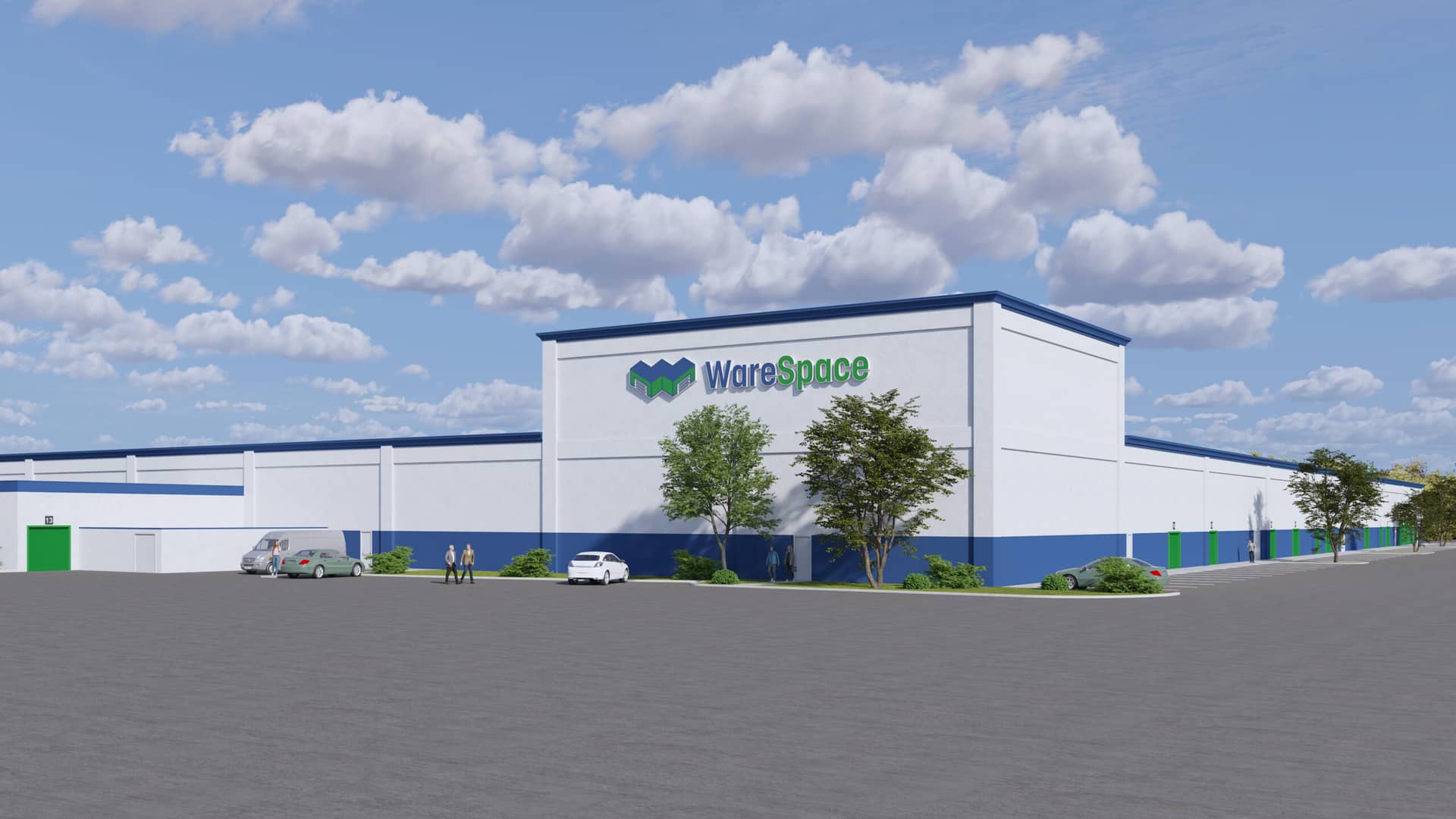
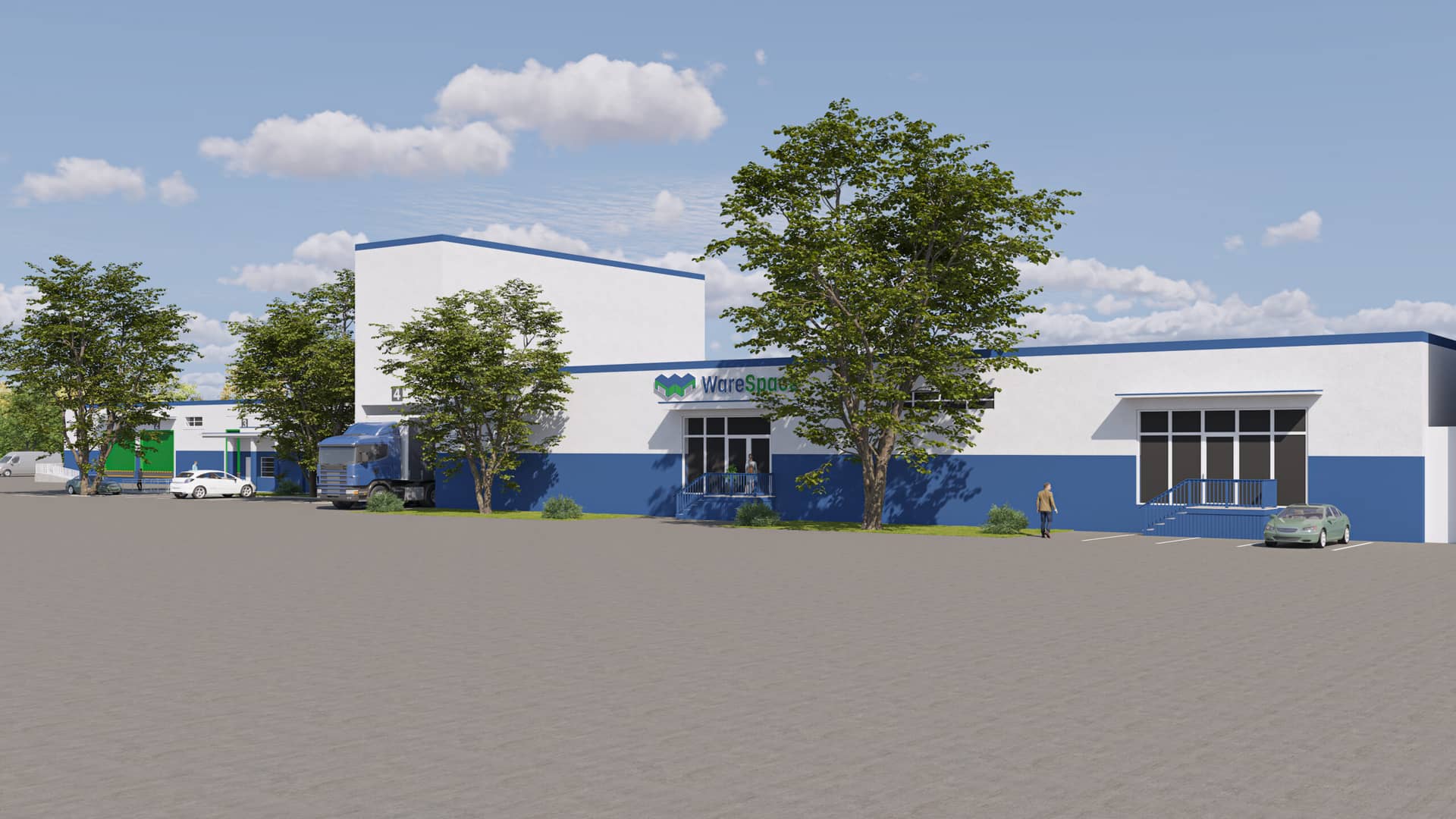

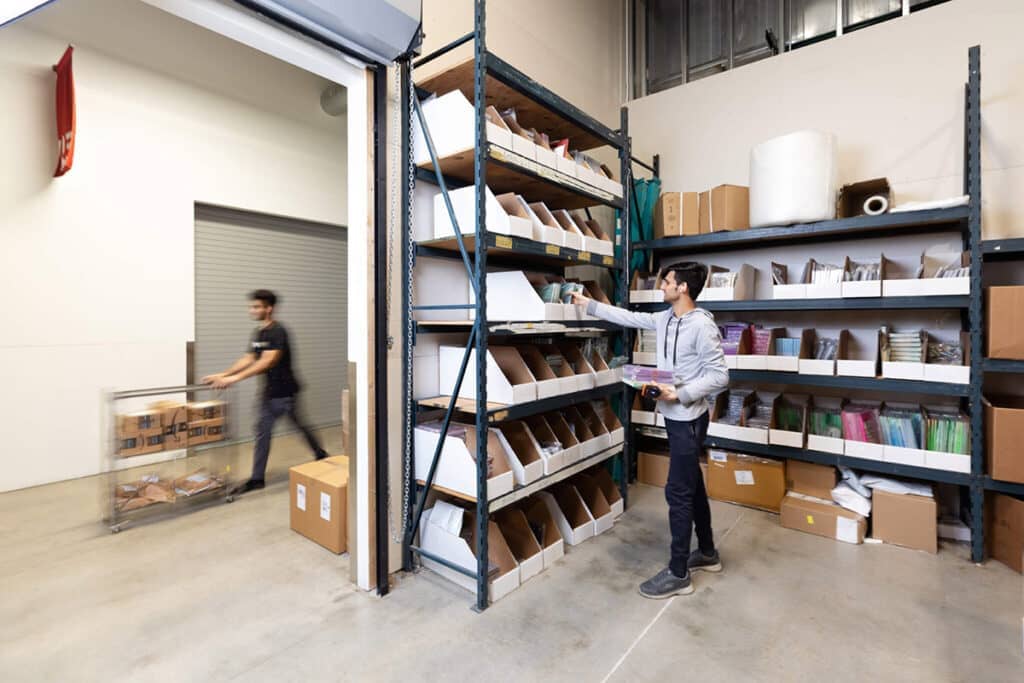
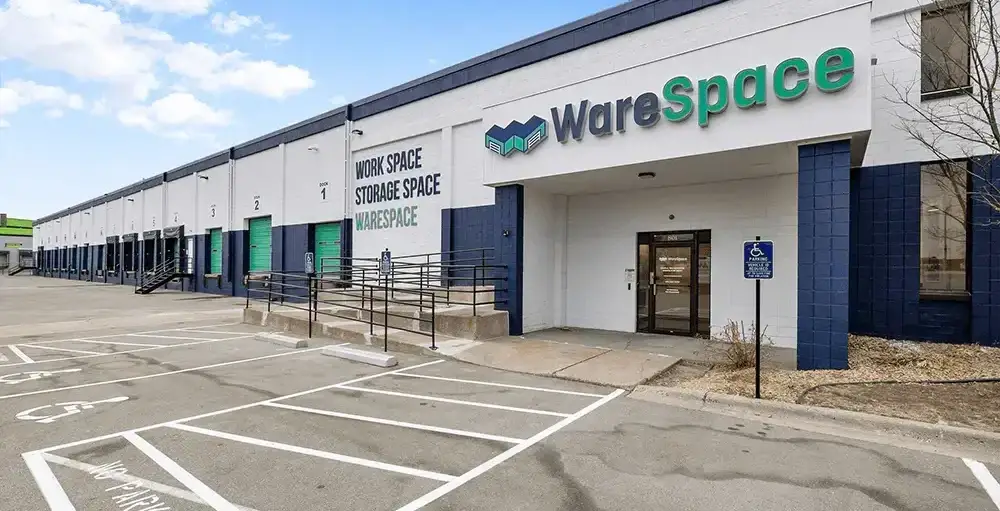
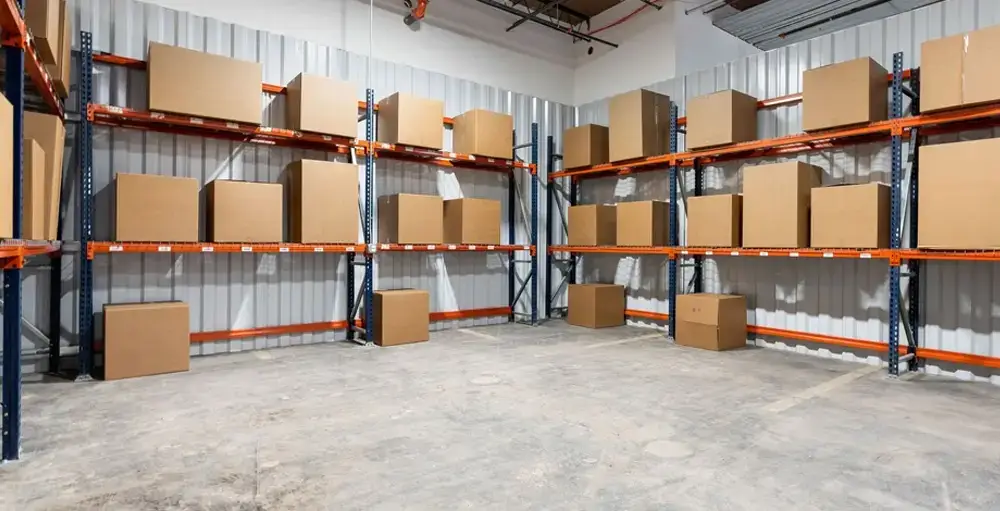
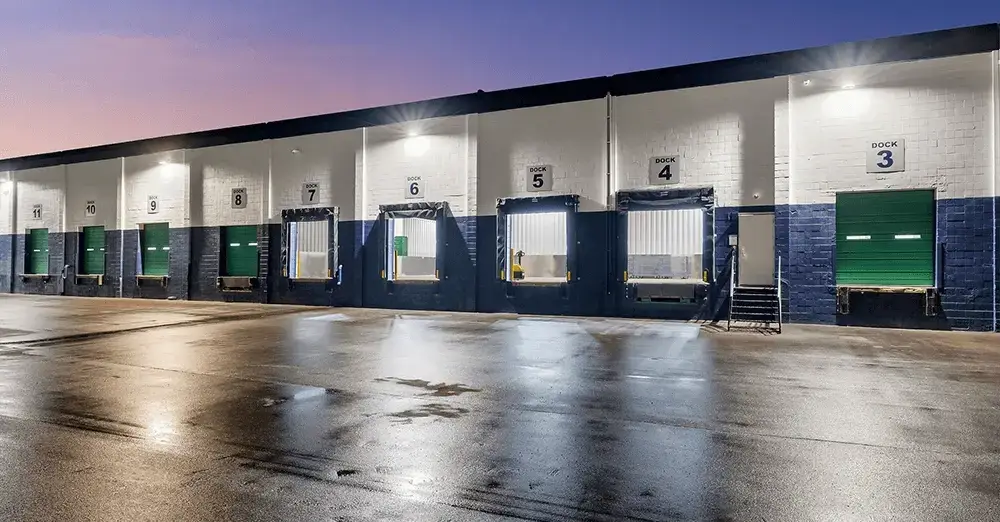
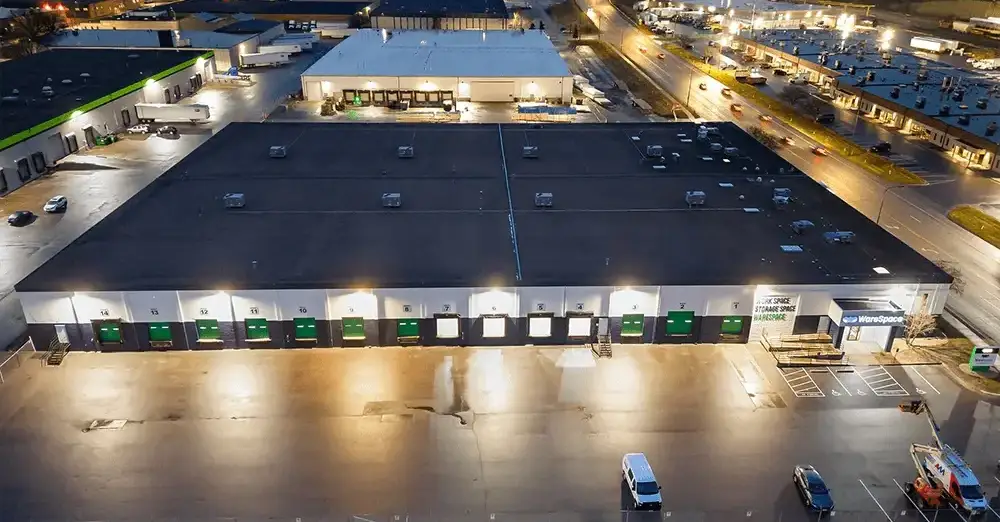











 ►
Explore 3D Space
►
Explore 3D Space